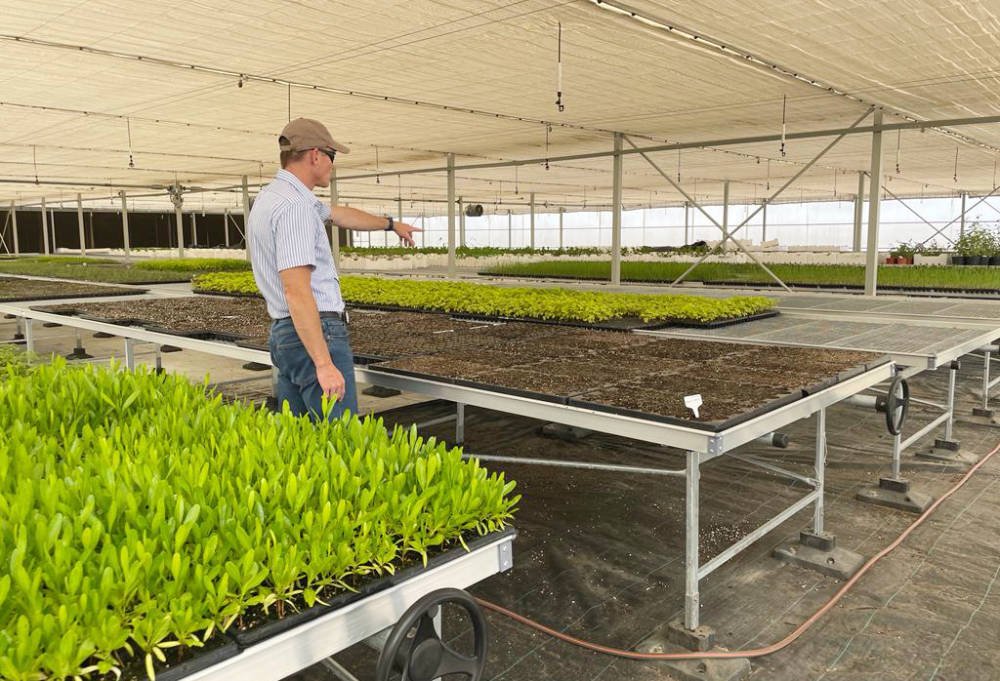https://arab.news/cvvft
- Company to achieve its target of 15m plants by 2030, making it one of the most extensive nurseries in Mideast
- The massive nursery spanning 1 million square meters propagates plants, trees, shrubs and other flora, which the company will eventually use for landscaping the two destinations, the Red Sea and AMAALA
RIYADH: The Red Sea Development Co. will plant 2 million saplings by the end of 2022 to achieve its ambitious target of 25 million plants by 2030, making it one of the most extensive nurseries in the Middle East and North Africa.
The massive nursery spanning 1 million square meters propagates plants, trees, shrubs, and other flora, which the company will eventually use for landscaping The Red Sea and AMAALA projects.
Though the nursery mainly comprises plants native to Saudi Arabia, the giga-project has also been sourcing desert plant species from across the world, including Australia, where the climate is similar to that of the Kingdom.
Saudi Arabia is pushing more project to plant trees and become green under its Saudi Green Initiative. The Kingdom will announce its complete strategic and executive plan for the initiative in November.
HIGHLIGHTS
• Though the nursery mainly comprises plants native to Saudi Arabia, the giga-project has also been sourcing desert plant species from across the world, including Australia.
• Though the nursery prefers to use native plant species, sometimes it is not feasible due to evolutionary pressures that make some plants more hazardous than their non-native equivalent.
“We’re very specific about the species we’re trying to breed,” said Grant Shaw, senior nursery director at TSRDC.
Grant Shaw - Senior nursery director at TSRDC
Before mixing nonnative and native species, the nursery does a “mock-up” to test how the plants react together to ensure they are compatible.
Though the nursery prefers to use native plant species, sometimes it is not feasible due to evolutionary pressures that make some plants more hazardous than their non-native equivalent.
“One of the biggest things we have to be conscious of is that many species in the Kingdom are thorny, which evolved as a defense mechanism to protect themselves from camels and giraffes common in the region,” said Shaw.
“This doesn’t work well for hotels because of the guests and their children,” he added.
He explained that the Australian version of the native Saudi plant is almost identical — even he had trouble telling them apart — except the Australian plant does not have thorns, making it more suited for a hotel environment.
Additionally, the nursery is conducting tests on native plants to see if they can germinate. Ninety-nine percent of the seeds planted in the greenhouse have germinated, pointed out Shaw.

